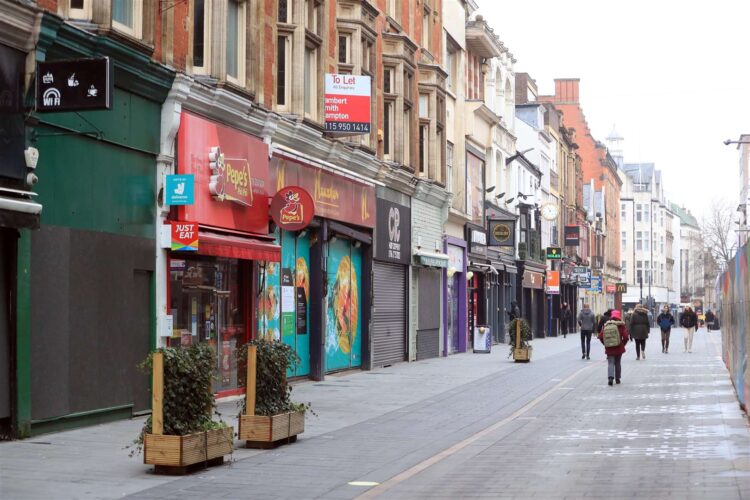By Ben Kerrigan-
British ministers are considering easing restrictions at four-week intervals, in order to help their assess the impact each set of looser measures has on the transmission of the virus.
Boris Johnson has already announced plans to reveal his road map plan on February 22, but a draft plan has been leaked to the British press. The leaked plans could still be adjusted or changed, if Downing Street finds it necessary. There is therefore no guarantee the revelations may not change in the next 7 days, before they are formally announced, making the publicly leaked contents of the plan redundant.
With U turns being characteristic of the government’s Covid-19 related lockdown policies, there is also nothing to suggest the announced plans next week may not be changed within weeks or months of its announcement.
Under the draft plan, non-essential shops and some outdoor sport are scheduled to reopen in April, followed by pubs and restaurants in May. Domestic holidays are to resume by July, under the leaked plans.
A review of the data around the coronavirus vaccination programme, and its efficacy in stopping the spread of Covid-19, is being carried out by scientists this week.
Its aim is to determine the success rate of the jabs have on reducing serious illness and transmission of Covid-19 . It is also designed to help the Prime Minister’s framework for reopening society in the coming months.
Social distancing could remain in place for the rest of the year, with rules on household mixing slowly being relaxed over a number of months.
The content of the leak is at odds with calls from Conservative Mps to see all coronavirus restrictions lifted by May.
“Once all nine priority groups have been protected by the end of April, there is no justification for any legislative restrictions to remain.
“These groups represent 99 percent of Covid deaths and about 80 percent of hospitalisations,” they said.
The number of people infected by a single person with COVID-19 is infecting has reduced to below one for the first time since July. The rate of infection has continued to drop , but is still higher than during the summer.
The current R number means that on average, for every 10 people infected they will infect between seven and nine other people.
Britain began its third lockdown on January 4, when Boris Johnson announced the closure of all schools and none essential shops, imposing a stay at home order along with it in a bid to curb infection rates causing high levels of hospitalisations.

